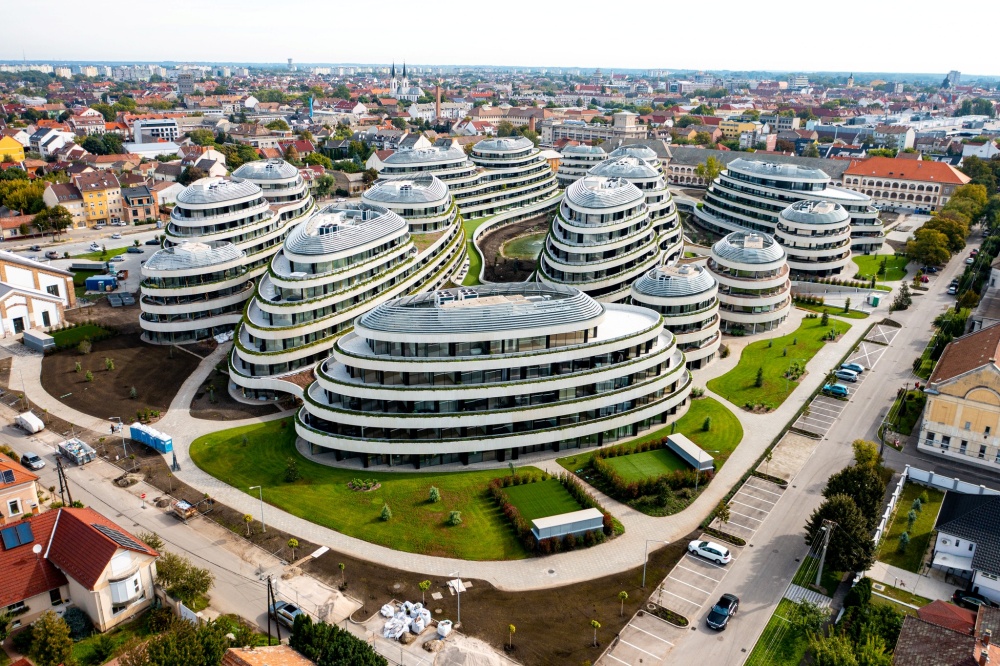
Hungary has great geothermal potential, which could be used primarily for heating and cooling.Continue reading

In Szeged, the gas-based heating system has been converted to geothermal in recent years. The largest geothermal system in the European Union, and the second largest in the continent (after Reykjavík), can now be found in Szeged, providing heating and hot water to more than 27,000 households, Euronews reports.
The project was launched by the municipality on the basis of a proposal from the local district heating company, which retrofitted the old gas-based system. “The air in Szeged is bad enough in winter. Basically, the biggest carbon emitter in the city is the district heating system, which has been running on natural gas for 40 years. In the last 2-3 years, we have converted this gas-based system to geothermal,” explained Tamás Medgyes, the heat supplier’s operational director.
With a network of 27 wells, 16 heating plants, and 250 kilometers of distribution pipes, the new system harnesses the heat energy underground to convert it into warm air. To do this, engineers have to drill boreholes to find hot geothermal water. “Geothermal water is a special type of water that is heated by the Earth. It absorbs the heat of the geological area. And when we take it out of the source area, we can use this water for multiple purposes,” explained Tamás Ézsiás, project manager at MedWater.
The geothermal system cost around EUR 70 million, of which EUR 23 million was financed by the EU Cohesion Fund. The system supplies heat and hot water to around half of the city, more than 27,000 households and over 400 public buildings.
If the plan to halve gas consumption is implemented, the heating company expects to cut carbon dioxide emissions by around 30,000 tons per year.
“In very cold weather we do not switch off gas use completely, but in nicer weather like now, we switch to geothermal heating. So we are currently replacing 100% of gas. In peak times, when everyone is washing their hands or taking a bath and the heat demand is very high, the gas boilers are also switched on, but it is about 50% less than we used to use,” said Medgyes.
According to one of the Szeged residents interviewed by Euronews, nothing has changed with the changeover, which is a good thing: “Neither the apartment nor the apartment building needed any modifications. The representative of the condominium indicated that drilling was expected, but we have not noticed any signs of it.”
Experts say the Szeged model could be implemented in other cities, as around 25% of the EU population lives in areas with sufficient geothermal resources. “There are hundreds of gas-based systems in Europe of similar size, and even coal-based systems, and converting them to geothermal or any kind of renewable energy is very important. (…)
We have visitors from abroad, from Serbia, Romania, and even Western Europe, who come to study what we are doing here,”
said the heat supplier’s chief operating officer.
In addition, the Szeged project will help better share energy resources between Hungary and the EU and reduce dependence on Russian gas imports. “The district heating in Szeged, like most district heating in Hungary and even in Eastern Europe, is based on fossil fuels,” said Medgyes. In Szeged, for instance, it is natural gas, so it is imported gas from Russia, he explained. Although the project was originally set up for environmental reasons, “it has now become a priority because of security of supply, especially because of the war and the energy crisis. So what started as an environmental project is now also a security of supply project.”
Via Euronews, Featured image: Facebook/Cédrus Liget – Szeged